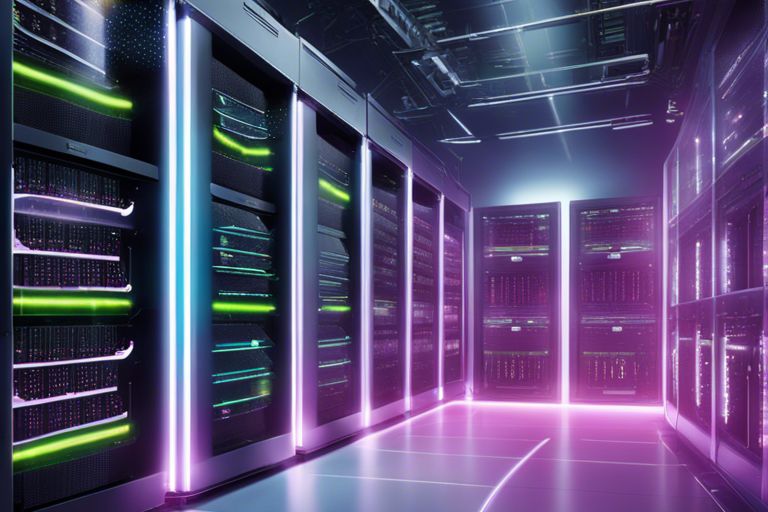Artificial Intelligence (AI) has revolutionized many industries, from healthcare to finance to transportation. NVidia, a leading technology company, has played a significant role in advancing AI through its powerful chips. These chips, known as graphics processing units (GPUs), are crucial for training and running AI models efficiently. To harness the full potential of AI with NVidia chips, here is a comprehensive guide:
1. Understand the Basics of NVidia Chips
- NVidia GPUs are designed for parallel processing, making them ideal for handling the massive amounts of data required for AI applications.
- These chips are optimized for deep learning algorithms, such as neural networks, which are the foundation of many AI systems.
- NVidia offers a range of GPUs suited for different AI tasks, from the entry-level GeForce cards to the high-end Tesla and Quadro cards.
2. Choose the Right NVidia Chip for Your AI Project
- Consider the complexity of your AI model and the size of your dataset when selecting a GPU. More complex models and larger datasets will require higher-end GPUs.
- Ensure that your GPU has enough memory (VRAM) to store and process large amounts of data efficiently.
- Consult NVidia’s website or speak with a representative to determine the best GPU for your specific AI project.
3. Optimize Your AI Workflow for NVidia Chips
- Utilize frameworks like TensorFlow, PyTorch, or MXNet, which are optimized for NVidia GPUs and provide accelerated performance for AI tasks.
- Make use of NVidia’s CUDA parallel computing platform to leverage the full processing power of your GPU for AI computations.
- Explore NVidia’s libraries and tools, such as cuDNN and TensorRT, to further optimize your AI algorithms for NVidia chips.
4. Implement Parallel Processing Techniques
- Split your AI tasks into parallelizable components to take advantage of the NVidia GPU’s parallel processing capabilities.
- Use techniques like data parallelism and model parallelism to distribute computations across multiple GPU cores for faster training and inference times.
- Optimize your algorithms to minimize data transfers between the CPU and GPU, as this can be a bottleneck in AI workflows.
5. Stay Updated on NVidia’s Latest Developments
- Follow NVidia’s blog, newsletters, and social media channels to stay informed about new GPU releases, software updates, and AI advancements.
- Attend NVidia’s conferences and events, such as GTC (GPU Technology Conference), to learn from industry experts and network with other AI professionals.
- Join NVidia’s developer program to access exclusive resources, training materials, and support for optimizing AI workflows with NVidia chips.
By following this comprehensive guide, you can effectively harness the AI potential of NVidia chips and unlock new possibilities for your AI projects. With the right hardware, software, and techniques, you can accelerate AI development and drive innovation in your industry.

